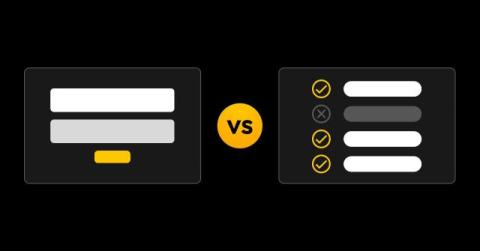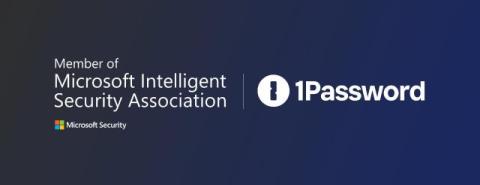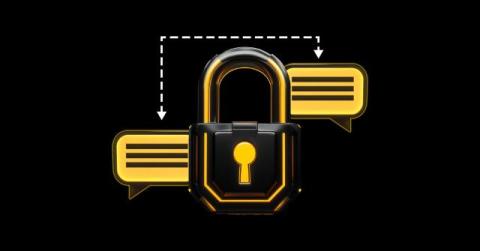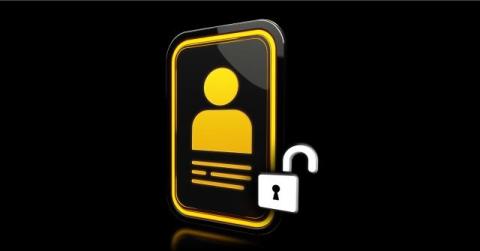SAML vs. OAuth: What's the Difference?
The main difference between Security Assertion Markup Language (SAML) and Open Authorization (OAuth) lies in their roles: SAML focuses on authentication, while OAuth is dedicated to authorization. Despite their differences, both SAML and OAuth are necessary for improving your organization’s overall security, allowing authorized users to verify their identities and access appropriate resources.











